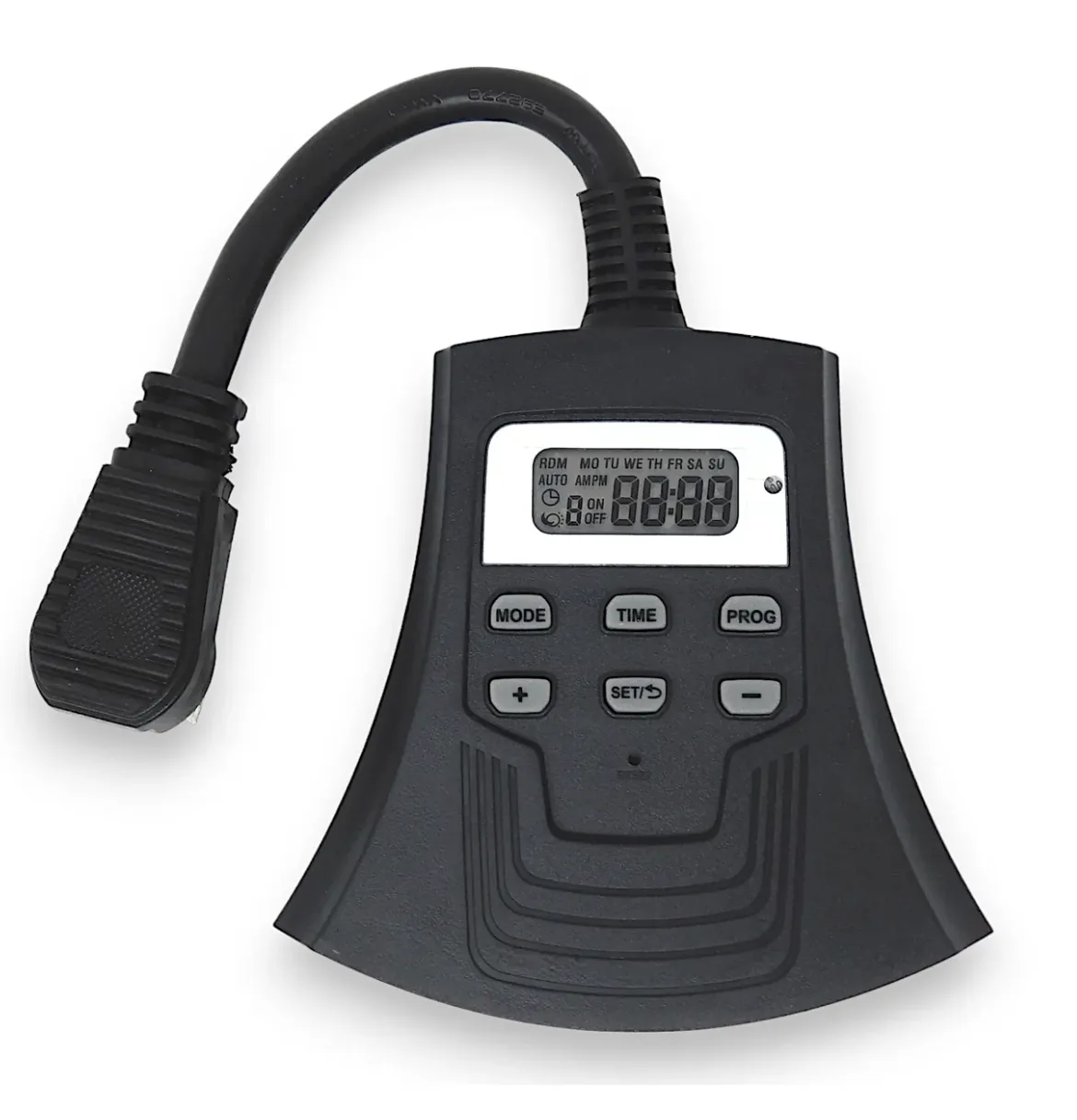Precision Control for Your Holiday Illuminations: Professional-Grade Outdoor Timers
Elevate your holiday lighting displays with our collection of professional-grade outdoor timers. These essential tools offer precise control and energy efficiency for your festive illuminations. Whether you're a professional installer or a homeowner looking to enhance your holiday decor, our range of timers provides the perfect solution for managing your lights with ease. From photo cell timers that automatically adjust to daylight changes, to digital and mechanical options offering customizable schedules, our selection ensures your displays shine at just the right times. Designed for both indoor and outdoor use, these durable timers combine convenience with reliability, helping you create magical holiday atmospheres while conserving energy. Discover how our timers can transform your lighting management and take your seasonal displays to the next level.
Timers
Photo Cell Timer
Enhance your holiday lighting control with our versatile Photo Cell Timer featuring a convenient right-angle plug. This intelligent device offers two outlets, providing flexible options for managing multiple light strings or decorations. The timer comes with a range of settings to suit your specific needs: choose between Off, On, Dusk to Dawn, or preset durations of 2, 4, 6, or 8 hours. The photo cell technology automatically detects ambient light levels, ensuring your lights turn on as darkness falls and off when daylight returns, perfect for the "Dusk to Dawn" setting. The right-angle plug design helps maximize space usage and reduces strain on your outlets. Whether you're looking to conserve energy, enhance security, or simply enjoy the convenience of automated lighting, this Photo Cell Timer is an essential tool for effortless and efficient holiday light management.
15 AMP Digital Timer
Streamline your outdoor lighting control with our efficient Mechanical Light Timer Switch Outlet. This versatile device is perfect for managing lamps, fans, garden lights, porch illumination, or holiday and Christmas displays, helping you reduce energy waste and extend the life of your decorations. The timer features customizable daily settings that you can adjust at any time, offering flexibility to match your changing needs or schedules. Built for durability, this wall-mounted timer comes with a three-prong, weatherproof design, ensuring reliable performance in various outdoor conditions. The three-switch outlet provides multiple connection options, allowing you to control several devices simultaneously. Whether you're looking to enhance security, create ambiance, or simply automate your outdoor lighting, this mechanical timer offers a user-friendly solution for effortless light management throughout the year.
Mechanical Timer
Enhance your lighting control with our versatile In/Outdoor Mechanical Timer featuring a space-saving right-angle plug. This robust device offers two outlets, allowing you to manage multiple light strings or decorations simultaneously. Designed for both indoor and outdoor use, it's perfect for holiday displays, security lighting, or everyday household needs. The 24-hour programmable cycle provides ultimate flexibility, enabling you to set precise on/off times that repeat daily. With a powerful 15-amp capacity, this timer can handle most residential lighting and small appliance loads with ease. The mechanical design ensures reliability and ease of use, with no complicated programming required. Whether you're looking to automate your Christmas lights, control patio illumination, or simply manage energy consumption, this durable and practical timer is an essential tool for efficient light management in any setting.
Frequently Asked Questions
What types of timers do you offer?
We offer a variety of timers including Photo Cell Timers with right-angle plugs, 15 AMP Digital Timers, and Mechanical Timers. Each type has unique features to suit different needs and preferences.
Are these timers suitable for outdoor use?
Yes, all of our timers are designed for both indoor and outdoor use. They are built with weatherproof features to ensure reliable performance in various outdoor conditions.
How many outlets do these timers have?
Most of our timers, including the Photo Cell Timer and the Mechanical Timer, offer two outlets. This allows you to control multiple light strings or decorations simultaneously.
What's the benefit of a Photo Cell Timer?
A Photo Cell Timer automatically detects ambient light levels, turning your lights on at dusk and off at dawn. This "Dusk to Dawn" feature provides convenient, energy-efficient operation without manual adjustments.
Can I set specific on/off times with these timers?
Yes, our timers offer programmable cycles. For instance, the Mechanical Timer has a 24-hour programmable cycle, allowing you to set precise on/off times that repeat daily. The Photo Cell Timer also offers preset durations of 2, 4, 6, or 8 hours in addition to its Dusk to Dawn setting.
Discover Expert Tips on Our Blog
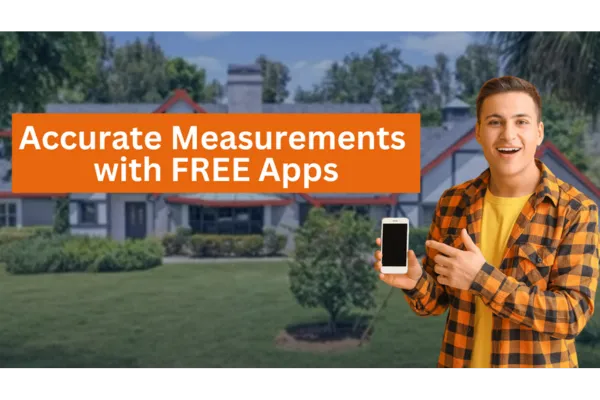
House Measurement Techniques for Accurate Bidding
When it comes to construction, renovation, or holiday decoration projects, accurate measurements are crucial. One wrong calculation can significantly impact your budget and timeline. Today, we'll explore three powerful free tools that help you measure buildings accurately from photos, ensuring your estimates are spot-on every time.
Why Accurate Measurements Matter
Consider this scenario: if you estimate a project at 140 feet when it's actually 200 feet, your cost calculations could be dramatically off. What started as $4 per foot might suddenly become $1 per foot, severely impacting your profit margins or project budget. This is why having reliable measuring techniques is essential for any contractor or DIY enthusiast.
Tool #1: ELEIF - The Professional's Choice
Measure in photo online ‐ eleif.net
ELEIF is a time-tested online measurement tool that offers precise calculations from photographs. Here's how to use it:
1. Upload your photo by dragging it into the interface
2. Set your reference measurement (typically a door width of 3 feet)
3. Use the measurement tool to mark key points along your structure
4. Record and add up all measurements
5. Add a 10% buffer for accuracy
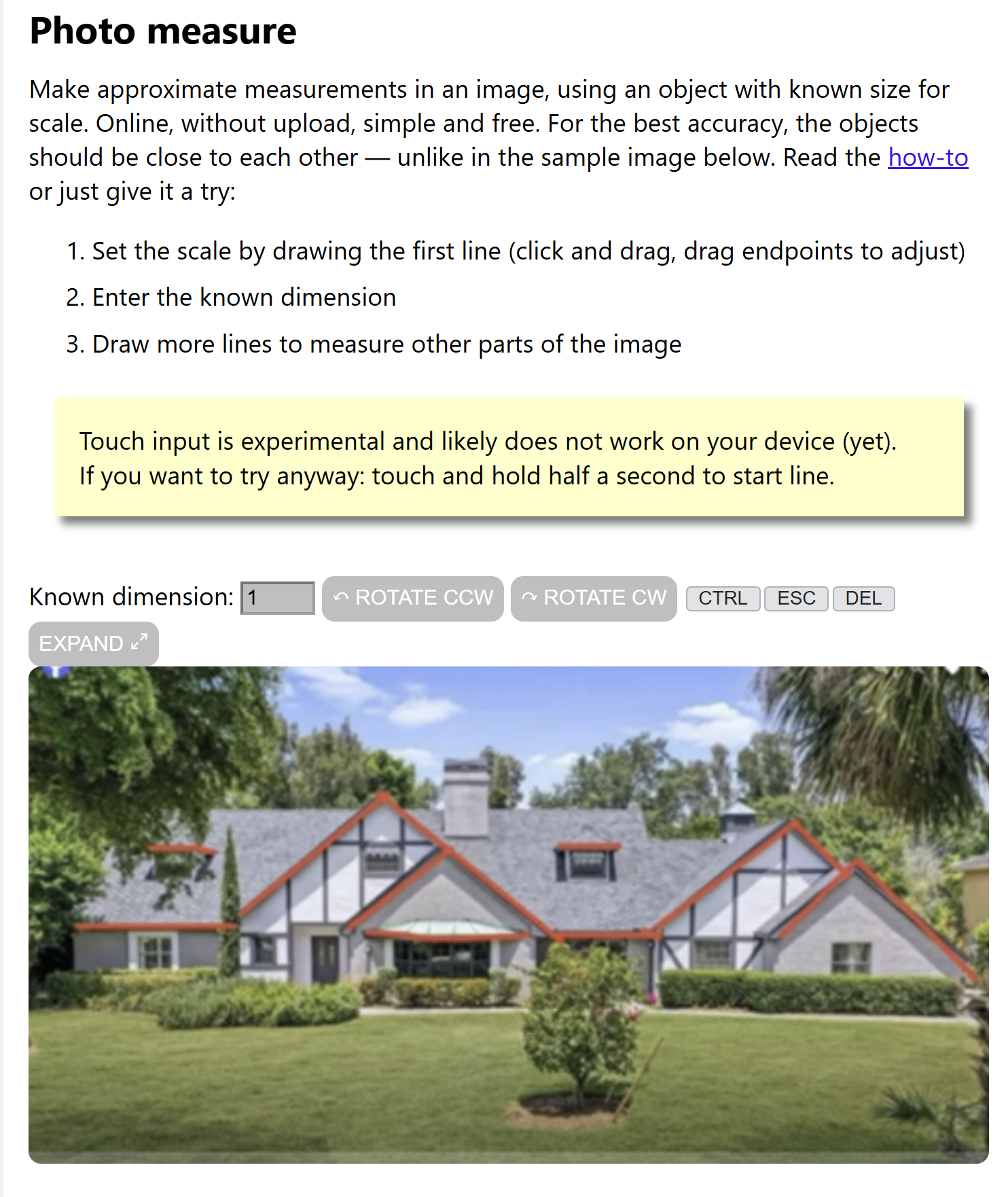
Pro Tip: When measuring complex structures, always account for architectural features that might not be immediately visible in the photo, such as door overhangs or roof extensions.
Tool #2: Image Measurement
This user-friendly tool offers enhanced zoom capabilities for more precise measurements:
1. Import your photo
2. Use the zoom function to get a clearer view
3. Set your reference point (again, using a door or known object)
4. Take measurements by clicking points along the structure
5. Calculate total measurements
6. Compare results with other tools for accuracy
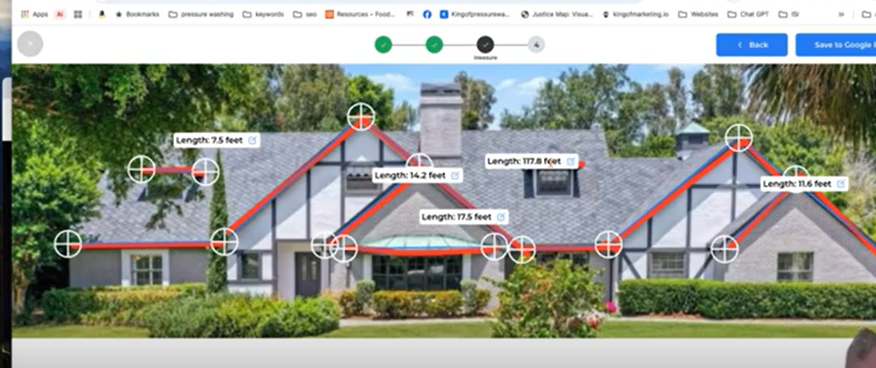
Tool #3: Canva - The Creative Solution
While primarily known for design work, Canva offers a surprisingly effective measurement solution:
1. Upload your photo to a YouTube thumbnail template
2. Use the ruler element tool
3. Set your reference measurement (3 feet for a standard door)
4. Duplicate and rotate the ruler to measure different sections
5. Track your measurements in increments (10 feet, 20 feet, etc.)
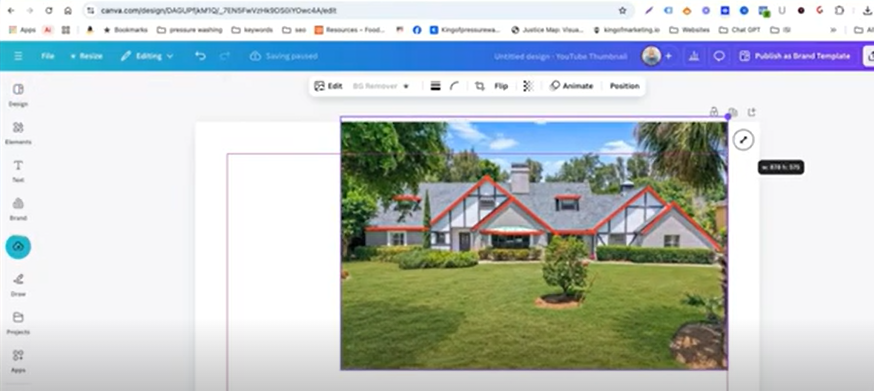
Best Practices for Digital Measuring
1. Use Known Reference Points
- Standard door width (3 feet)
- Garage doors (8 feet for single, 16 feet for double)
- Windows or other standard architectural features
2. Always Add a Buffer
- Include a 10% margin for error
- Account for hidden features not visible in photos
- Better to overestimate slightly than underestimate
3. Cross-Reference Your Results
- Use multiple tools to verify measurements
- Compare results between different methods
- Look for consistency in measurements
Common Pitfalls to Avoid
- Don't forget to account for:
- Door overhangs
- Architectural protrusions
- Roof extensions
- Corner details
- Changes in elevation
When to Use Which Tool
- ELEIF: Best for straight-line measurements and simple structures
- Image Measurement: Ideal for detailed work requiring zoom capability
- Canva: Perfect for quick estimates and visual reference points
Final Tips
1. Always verify your reference measurements
2. Take multiple measurements when possible
3. Document your process for consistency
4. Consider seasonal changes or structural variations
5. Keep records of your measurements for future reference
Remember, the goal isn't just to get a number – it's to get an accurate measurement that you can confidently use for project planning and execution. Whether you're a professional contractor or a DIY enthusiast, these tools can help you achieve precise measurements without stepping foot on the property.
Want to learn more about construction measurements and professional techniques? Visit ChristmasLights.io for additional resources and tips from industry experts.

Q: Why should I use multiple apps to measure the same building?
A: Using multiple measurement tools helps verify your calculations and ensures accuracy. Each tool has its own strengths - for example, Image Measurement offers better zoom capabilities, while Canva provides easy-to-duplicate measurement units. By cross-referencing results between different apps, you can catch potential errors and arrive at the most accurate measurement.
Q: What's the best reference point to use when measuring from a photo?
A: The most reliable reference points are standardized building features:
- A standard door (3 feet wide)
- A garage door (8 feet for single, 16 feet for double)
- Standard windows
Always try to use the garage door as your first choice since it provides a larger reference point, which can lead to more accurate measurements across the entire structure.
Q: Why should I add 10% to my measurements?
A: Adding 10% serves as a safety buffer for several reasons:
- Accounts for hidden architectural features not visible in photos
- Compensates for potential measurement errors
- Covers unexpected protrusions or overhangs
- Ensures you have enough materials for the project
It's better to slightly overestimate than to run short on materials or underquote a project.
Q: Can these tools replace physical measurements?
A: While these digital tools are extremely helpful for initial estimates and remote measurements, they work best as complementary tools to physical measurements. For final, detailed work, it's still recommended to take physical measurements when possible. However, these apps are excellent for:
- Initial project estimates
- Remote quotes
- Preliminary planning
- Situations where physical access isn't immediately possible
Q: What can cause inaccurate measurements when using these apps?
A: Several factors can affect measurement accuracy:
- Using an incorrect reference point size
- Not accounting for perspective in photos
- Overlooking architectural features like overhangs
- Poor photo quality or angle
- Not considering depth in protruding features
To minimize errors, always use clear photos taken straight-on, verify your reference measurements, and cross-check results between different tools.
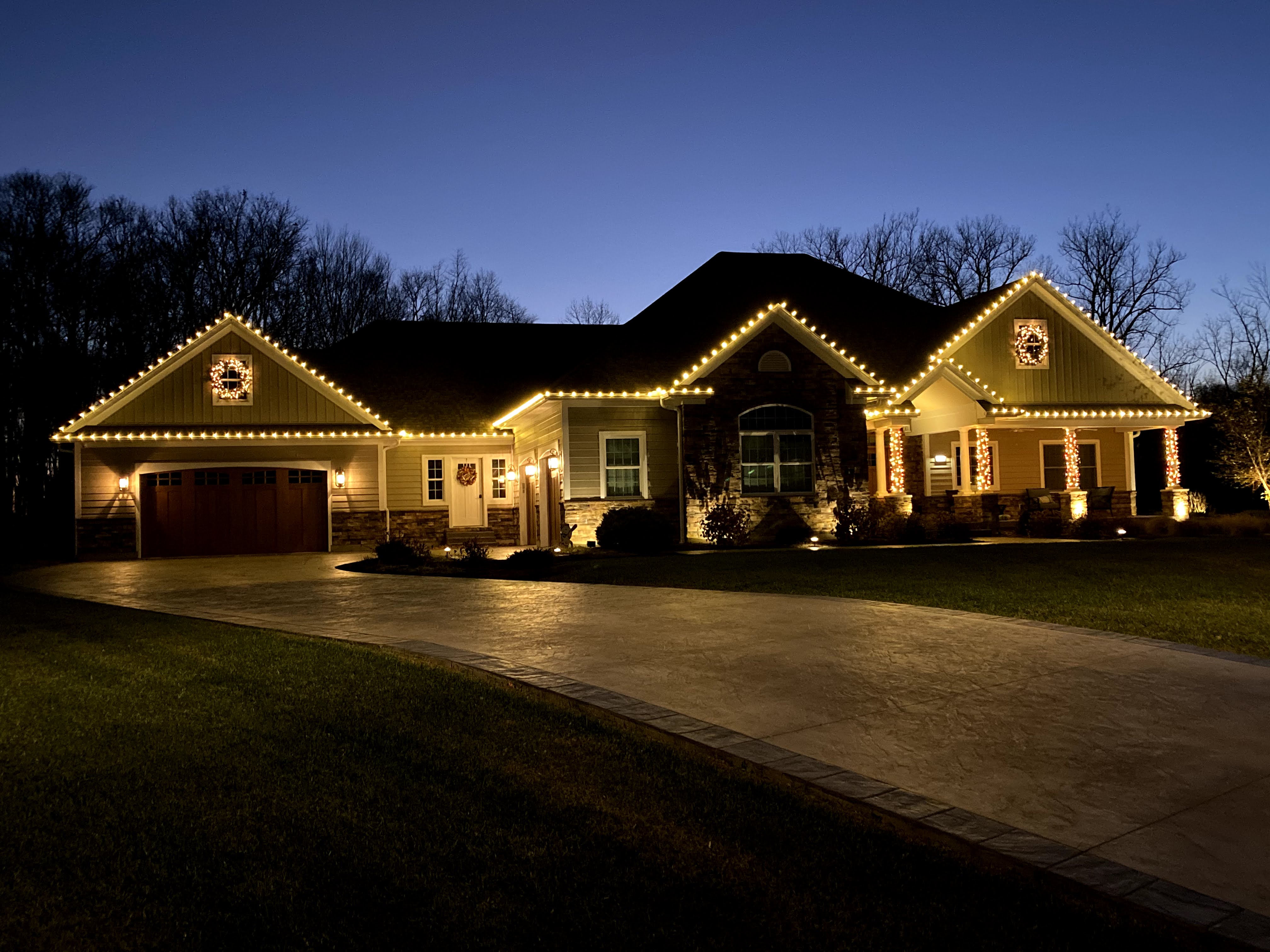
Q: Are these tools really free to use?
A: Yes, all three tools mentioned (ELEIF, Image Measurement, and Canva) offer free versions that include their measurement capabilities. While Canva does have a premium version, the measurement features discussed are available in the free version.
Q: How do I handle complex architectural features like bay windows or irregular shapes?
A: For complex features:
1. Break down the measurement into smaller, manageable sections
2. Measure each section individually
3. Account for depth and protrusions
4. Add extra buffer for irregular shapes
5. Consider taking multiple photos from different angles to better understand the structure
Q: What's the best way to document measurements for future reference?
A: Best practices for measurement documentation include:
- Take screenshots your measurements in each app
- Create a spreadsheet with all measurements and calculations
- Note which reference points were used
- Record the date and conditions of measurement
- Save the original photos used for measuring
- Document any assumptions or special considerations made
Q: How accurate are these digital measuring tools?
A: When used correctly with proper reference points and clear photos, these tools can be accurate within 5-10% of physical measurements. However, accuracy depends on:
- Quality and angle of the reference photo
- Accuracy of the reference point measurement
- Complexity of the structure
- User expertise in using the tools
This is why using multiple tools and adding a 10% buffer is recommended for professional estimates.
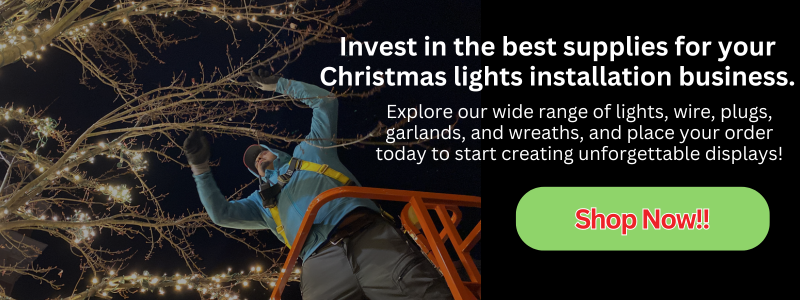
Have more questions about digital measuring techniques? Visit ChristmasLights.io for additional resources and expert guidance.
Copyright ©2024 All Right Reserved website designed by christmaslights.io
Terms of Service / Privacy Policy
Have questions or need assistance?
Contact us at (855)619-LITE



